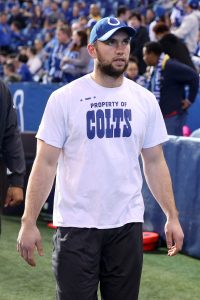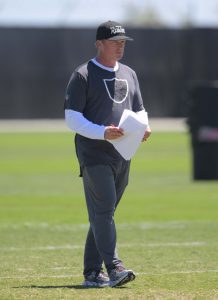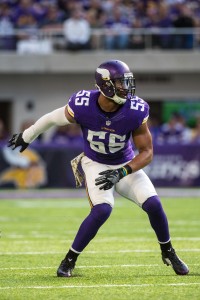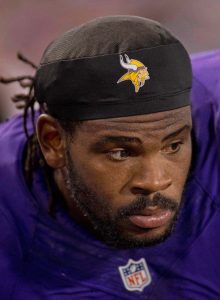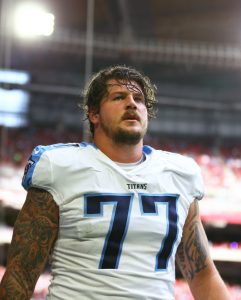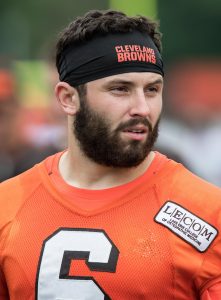Can you fairly evaluate a team’s draft haul before the rookies have even played their first NFL game? Well, no, not really. But we’re going to do it anyway because it’s a fun exercise.
Below, you’ll have the opportunity to select the team that you feel had the best overall draft. First, here are a handful of clubs you may want to consider:
Bears – The Bears addressed three serious needs with their top three picks. They began their draft by selecting inside linebacker Roquan Smith, who was viewed as one of the safest top talents in the draft despite his lack of ideal size for the position. They followed that up by taking Iowa’s James Daniels in the second round, a player with the ability to play all three spots on the interior offensive line. In the third round, they gave Mitchell Trubisky another weapon to work with in Memphis receiver Anthony Miller.
Broncos – Few could find fault with the Broncos’ first pick, defensive end Bradley Chubb. The hits kept on coming for GM John Elway & Co. as they added quality wide receivers Courtland Sutton (second round) and DaeSean Hamilton (fourth round) as well as bruising running back Royce Freeman (third round). The Broncos didn’t draft their quarterback of the future, but they picked up pieces that can contribute right away on both sides of the ball.
Bucs – With a draft class headlined by defensive tackle Vita Vea and running back Ronald Jones, Bucs fans have a lot to be excited about. It’s fair to question the wisdom of taking Vea after signing Beau Allen to a three-year, $15MM deal, but it’s hard to knock what they did here in total. The Bucs acquired two second round picks to move down from No. 7 to No. 12, where they selected the Polynesian phenom. The No. 53 pick from Buffalo became defensive back M.J. Stewart and they turned the No. 56 overall choice into a pair of worthwhile secondary players.
Giants – Your take on the Giants’ draft class may be swayed by your thoughts on taking a running back with the No. 2 overall pick. Still, it’s hard to find fault with Saquon Barkley‘s talent and none of this year’s top quarterbacks profile as slam dunks. At No. 34 overall, they selected guard Will Hernandez, who should help to open up running lanes for Barkley. With the next two picks, Dave Gettleman provided new defensive coordinator James Bettcher with front seven support by grabbing Lorenzo Carter and B.J. Hill. Not bad for Gettleman’s first draft as the Giants’ football czar.
Packers – The Packers also have a new GM at the helm who did a solid job in the draft. The Packers were in desperate need of help at cornerback and they landed two – Louisville’s Jaire Alexander and Iowa’s Josh Jackson – with their first two selections. There were other intriguing picks in the Packers’ 11-man draft class, including linebacker Oren Burks (third round) and a group of wide receivers (J’Mon Moore, Marquez Valdes-Scantling, and Equanimeous St. Brown) that could help fill the void left by Jordy Nelson‘s departure.
Patriots – This year, the Patriots made eight draft day trades, the most in franchise history. That’s not including all of their pre-draft maneuvering, either. Ultimately, they fortified next year’s crop of picks while also fortifying their roster for this year’s championship run. Instead of reaching for Tom Brady‘s heir, they used their late-first round draft picks on tackle Isaiah Wynn and running back Sony Michel. With those selections, the Pats eased the hurt of losing Nate Solder and Dion Lewis in free agency. There’s also a lot to like about slot corner Duke Dawson and sixth-round wide receiver Braxton Berrios has the potential to become an effective slot weapon for the Pats on offense.
If you need a refresher on this year’s draft, check out PFR’s complete list of picks by team. After that, you can cast your vote below and back up your choice in the comment section.
